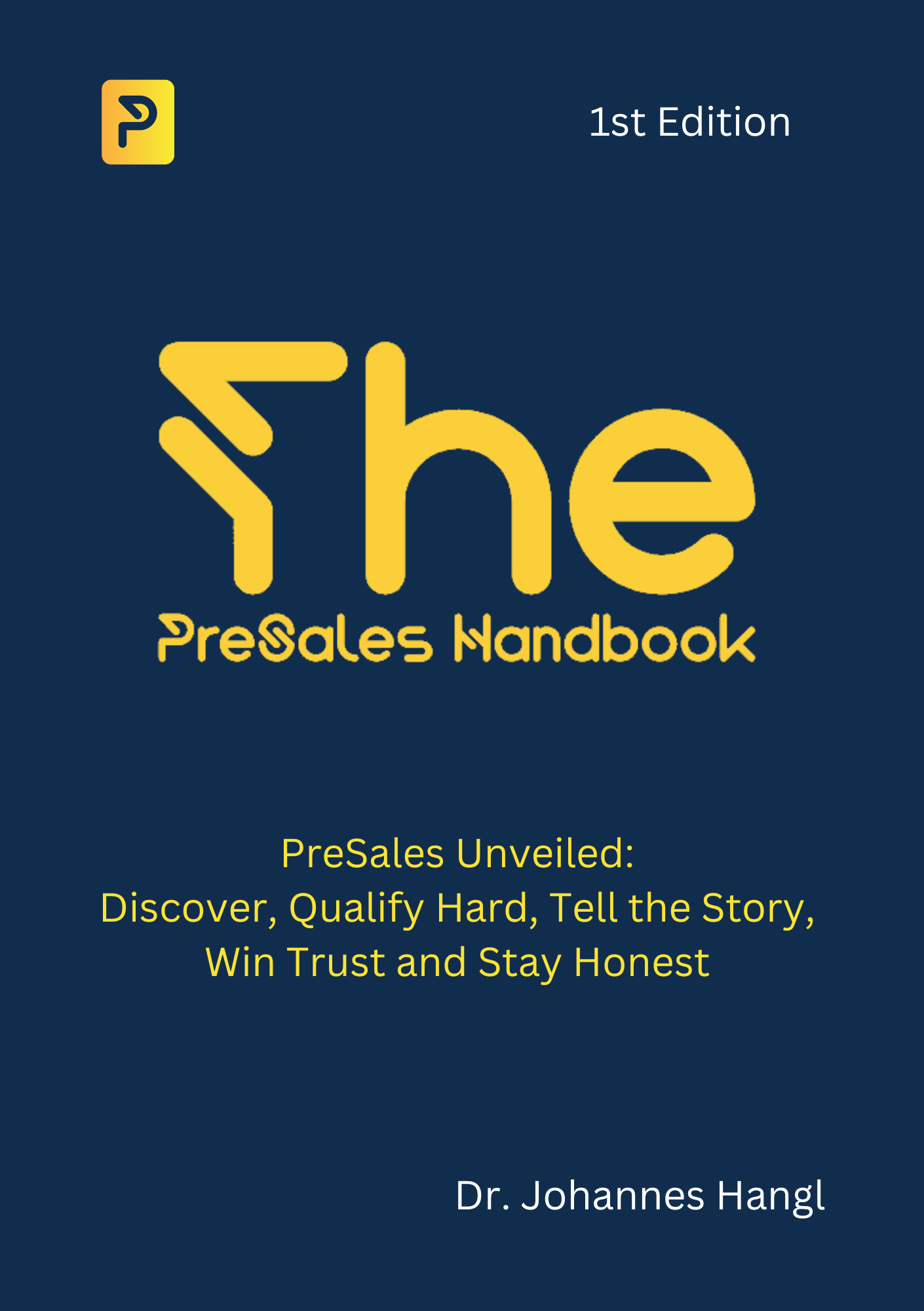Competition
In the hyper-competitive Software as a Service (SaaS) landscape, competition is a given. New startups emerge daily, existing giants pivot to capture new markets, and every player aims for a larger slice of the pie. However, while it is natural to fixate on named competitors, SaaS businesses often overlook their most challenging opponent, the decision to do nothing.
The Silent Competitor: Doing Nothing
The hidden challenge of inertia—where companies choose inaction over adopting new solutions—can be as formidable as any direct competitor. This inertia is often rooted in psychological, financial, and organizational barriers, including fear of change, financial constraints, decision paralysis, and a deeply ingrained organizational culture resistant to new methods, compounded by a lack of awareness or previous negative experiences. Overcoming this silent competitor requires a strategic approach that includes:
Emphasizing Ease of Transition: Demonstrating user-friendly design and offering comprehensive onboarding and training to mitigate the fear of change.
Flexibility in Financial Planning: Offering tiered pricing and demonstrating clear, long-term ROI to overcome financial hesitations.
Simplifying Decision-Making: Providing personalized consultations and clear comparisons to cut through the overwhelming choice of SaaS solutions.
Cultural and Awareness Shifts: Utilizing change management workshops and success stories to influence organizational culture and raising awareness through educational marketing and industry event participation.
Building Trust: Addressing previous negative experiences with transparency, guarantees, and open feedback channels.
Easing Integration Concerns: Ensuring software interoperability and providing integration support to minimize disruptions.
Achieving Stakeholder Buy-In: Engaging directly with decision-makers and providing comprehensive documentation to address diverse concerns.
Highlighting the Cost of Inaction: Quantifying what potential clients lose by sticking to inefficient processes or outdated systems.
Positive Positioning
In the competitive landscape of SaaS businesses, taking the high road by positively positioning your product can significantly differentiate your brand and ensure long-term success. Rather than highlighting competitors‘ flaws, which can undermine professionalism and negatively impact market perception, SaaS companies should focus on amplifying their unique selling propositions (USPs) through strategies that emphasize their strengths and values. This involves identifying and articulating the tangible benefits of your solution, leveraging real-world success stories, engaging potential clients with educational content, and establishing your company as a thought leader. Additionally, active involvement in industry communities, practicing transparency about your product’s capabilities, and emphasizing your company’s commitment to cultural, ethical, and sustainability values can build trust and foster a loyal client base. By focusing on these positive differentiation strategies, SaaS businesses can navigate the competitive market with integrity and credibility, appealing to clients on a deeper level and setting the foundation for sustained growth and success.
Analyzing the Competitive Market
A thorough understanding and analysis of the market are crucial for differentiation and long-term success. Here’s a concise approach:
Define Your Market: Identify your target audience, geographical reach, and the specific problem your SaaS solution addresses. Differentiate between direct competitors (those offering similar services) and indirect competitors (those offering alternative solutions).
Gather Information: Utilize competitor websites, industry analysts (e.g., Gartner, IDC), client reviews on platforms like G2 Crowd or Capterra, social media channels for engagement insights, and SEO tools for online strategy insights. Consider firsthand experiences through trials and demos.
Evaluate Competitive Strengths and Weaknesses: Assess product features, pricing strategies, market position, brand recognition, client support, and financial health to understand where competitors stand.
Identify Market Gaps: Look for unserved needs, overlooked market segments, or deficiencies in service and support that you can exploit.
SWOT Analysis: Summarize your findings into strengths, weaknesses, opportunities, and threats to carve out your niche and prepare for external challenges.
Continuous Monitoring: Recognize that the SaaS industry is dynamic. Regular updates to your competitive analysis and staying informed through industry news, forums, and user feedback are essential for staying ahead.




